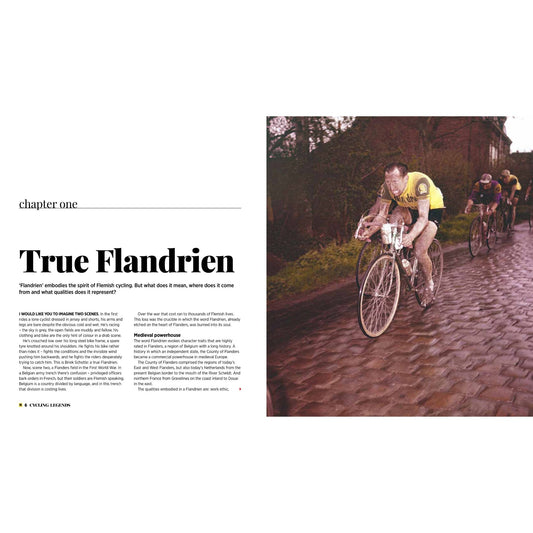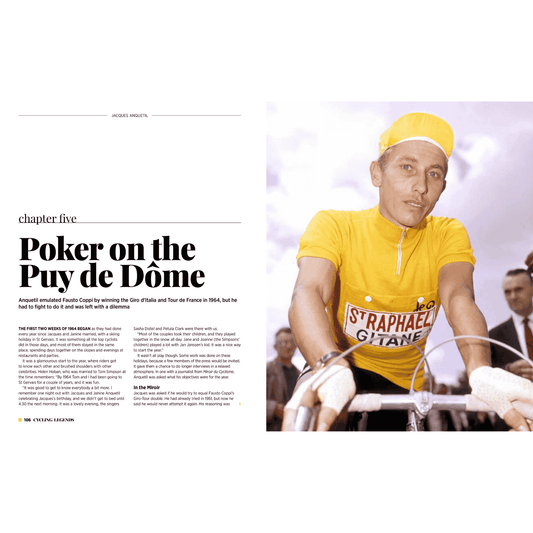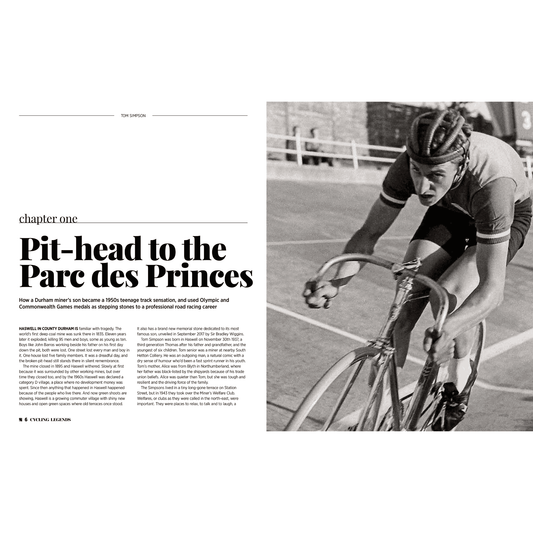This is Sir Chris Hoy in 2007 in the glorious theatre of the high Andes, the Velodromo Alto Iparvi. It’s an exciting place even without anything happening, add in one of the greatest-power sprinters of all time going for an audacious world record attempt after a logistics nightmare, and you have feature film stuff.
Chris Hoy’s sprinting was a long burst of horsepower; his muscles could drink lactic acid. He was already world champion when in 2004 he won the Olympic 1000-metre time trial.
But then the IOC removed it, one of the longest standing Olympic cycling events, from the Games programme leaving Hoy to focus on other sprint events. But before doing so he wanted to make his mark on the 1000 metres indelible, he had the sea-level world record but wanted the absolute fastest. At that time, it meant going to altitude where the air is thinner and sprinters faster.
Team Hoy lugged 20 crates of equipment to South America, including UCI approved start gates, and planned to fly into La Paz and go for the record immediately to avoid the performance dip athletes experience in the first couple of days at altitude. But the best laid plans often go awry, a flight diversion meant delays and a tiring trek to a jungle airstrip before Hoy got to La Paz.
He went for the record as soon as he could and was up on the previous time with 100 metres to go, then hit a black hole of oxygen debt and missed the mark by 0.228 seconds. But Hoy wasn’t beaten, he confounded altitude experts by going again next day and this time he was just 0.005 seconds off, with an incredible 58.88 seconds.
Once recovered, Hoy apologised to his team and those who’d come to watch him, then bravely decided to try for the flying-start 500 metres record two hours later. He shattered it, beating the old record by over 1 second to record 24.758 seconds. Never will a track world record look so good.
📸 Getty Images








